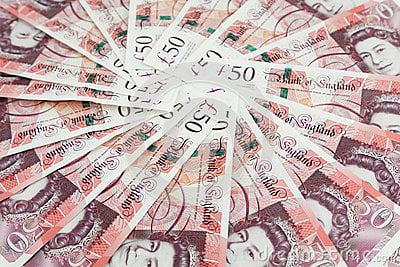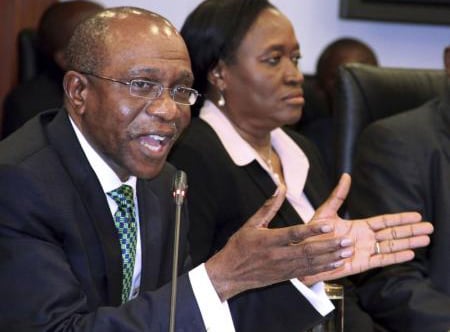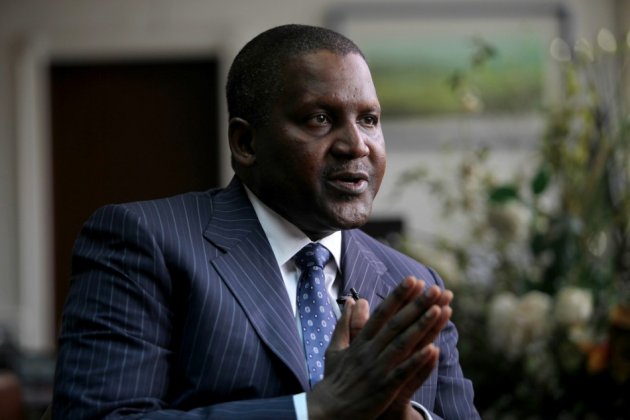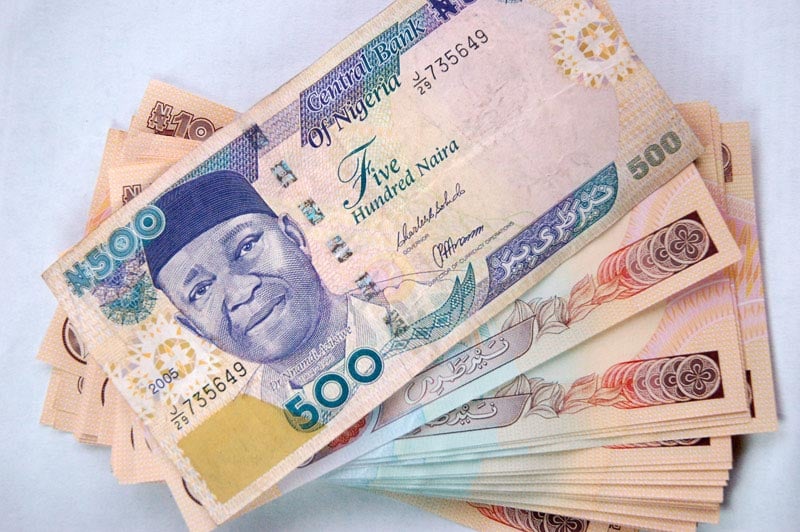While the EURUSD maintains cautiousness as traders weigh up the Greece risks, the GBPUSD has surprised to the upside and reached a weekly high at 1.5362 following Bank of England (BoE) Governor Mark Carney appearing more hawkish than expected during the latest BoE inflation report. Sterling bulls have been able to gather momentum after UK growth forecasts until 2017 were revised upwards. We saw a hat-trick of UK PMIs revealed beyond expectations last week, providing comfort that the UK economy has commenced the year with some robust momentum and there is optimism that this trend will be set to continue.
The UK’s strong fundamentals have never been forgotten with the UK remaining one of the fastest growing advanced economies in the developed world. It has always been the BoE’s dovish views on inflation expectations that have inspired UK interest rate expectations to be constantly pushed back – and been the major contributor behind the GBPUSD decline from 1.71 over the past six months. Carney also surprised some by downplaying the longer-term UK deflation risks, but the short-term risks are still strong and inflation reading next week is increasingly likely to show even weaker inflation than last month.
What has surprised some (and this hasn’t been reflected in the GBPUSD price today), is that Carney announced that the BoE have given themselves room to accommodate UK interest rate cuts, or further QE if circumstances permit. This not only suggests that the BoE are continuing to view the deflation risks seriously, but also goes to show how completely caught off guard central banks around the globe were following the complete collapse in the price of oil. Overall though, traders are reacting very positively to the GDP forecasts being revised upwards and the GBPUSD is benefiting. The potential for USD softness if this afternoon’s retail sales data leads to suspicions that US GDP will be lowered, meaning this rally might not be over yet.
The GBP is not only advancing against the USD, but the currency is also recording gains against the Euro. Carney not appearing as dovish as he has been in previous inflation press conferences has put the EURGBP within touching distance of the multi-year low hit yesterday. If the Euro’s vulnerability to high losses over the Greek situation caves in at some point, the technicals indicate that this pair could be in for a heavy drop.
Advertisement
The other major mover has been the USDSEK after the Swedish Central Bank cut its main interest rate below zero. There were a few suspicions that the Riksbank would cut interest rates today, but unveiling plans to start buying government bonds surprised the markets. As a result, the USDSEK sky-rocketed to a near six-year high at 8.5517. Like the Eurozone, the Swedish economy is also plagued by a deflation battle at present.
Personally, I see the move from Sweden today as another reason why the Danish Central Bank needs to maintain the EURDKK minimum exchange rate. The currency peg is under constant pressure, though it might be within Denmark’s best interests to keep its currency weak and remain competitive when not only is the Euro under pressure, but nations around Denmark such as Norway and Sweden are also holding weaker currencies. Speaking on the subject of Denmark, It would not surprise me if the Danish Central Bank announces another interest rate cut this afternoon.
Elsewhere, the Ruble rallied after a ceasefire was announced between Russia and Ukraine as of 15 February. The leaders of Russia and Ukraine, alongside France and Germany have been meeting in Belarus over the past couple of days and the announcement has inspired Russian stocks to bounce higher, while the USDRUB weakened to 64.4937. There will likely be some questions about whether the ceasefire can be maintained, however the news will be welcomed by the Central Bank of Russia (CBR) who have been battling for months now to tame Ruble weakness.
Advertisement
The other major pullback has been in the USDJPY, with the pair losing around 140 pips following the Bank of Japan (BoJ) stating that it will not be increasing QE. As mentioned before, the Japanese economy is the one I expect to arguably benefit the most from cheaper oil prices. Some have previously seen Abenomics as a failed monetary framework but I personally see this as unfair because what others do not always realise is that no matter how many attempts were made to improve Abenomics, the economy always suffered from higher government debt after Japan was forced to import high energy reserves following the Fukushima disaster.
Speaking of oil, both WTI and Brent Crude are attempting to regain some losses from the previous two days. WTI has advanced to $50.51 after opening trading at $49.36, while Brent Crude has progressed from $56.04 to $57.54. The bounce in the commodity has provided motivation for the CAD to strengthen with the USDCAD erasing 100 pips from 1.2645 to 1.2544. Movement in this pair is likely not over for the day with the US retail sales data announced later on. USD bulls will be hoping the improved consumer sentiment and employment data will lead to increased consumer spending, while the USDCAD will be at risk of further losses if the retail sales disappoints.
Follow Jameel on Twitter @Jameel_FXTM
For more information please visit: Forex Circles
Advertisement
Add a comment






